 Your shopping cart is currently empty
Your shopping cart is currently empty
Special Note: Each screening well contains natural products from fungal strain metabolism, which are mixtures. For further study of the monomer, please inquire about service fees.
I. Advantages of Mini Fungal Metabolite Natural Product Screening Library
(1) Diversified Natural Product Structure: Fungi can produce a wide range of secondary metabolites with diverse structures. Each fungal screening plate (96-well) contains 80-88 strains, and each strain contains about 100 metabolized natural product structures, and our Mini Fungal Metabolite Natural Product Screening Library consists of 6 fungal screening plates, covering approximately 5,000-50,000 chemical structure spaces. This library is highly valuable for screening research and offers excellent cost-effectiveness.
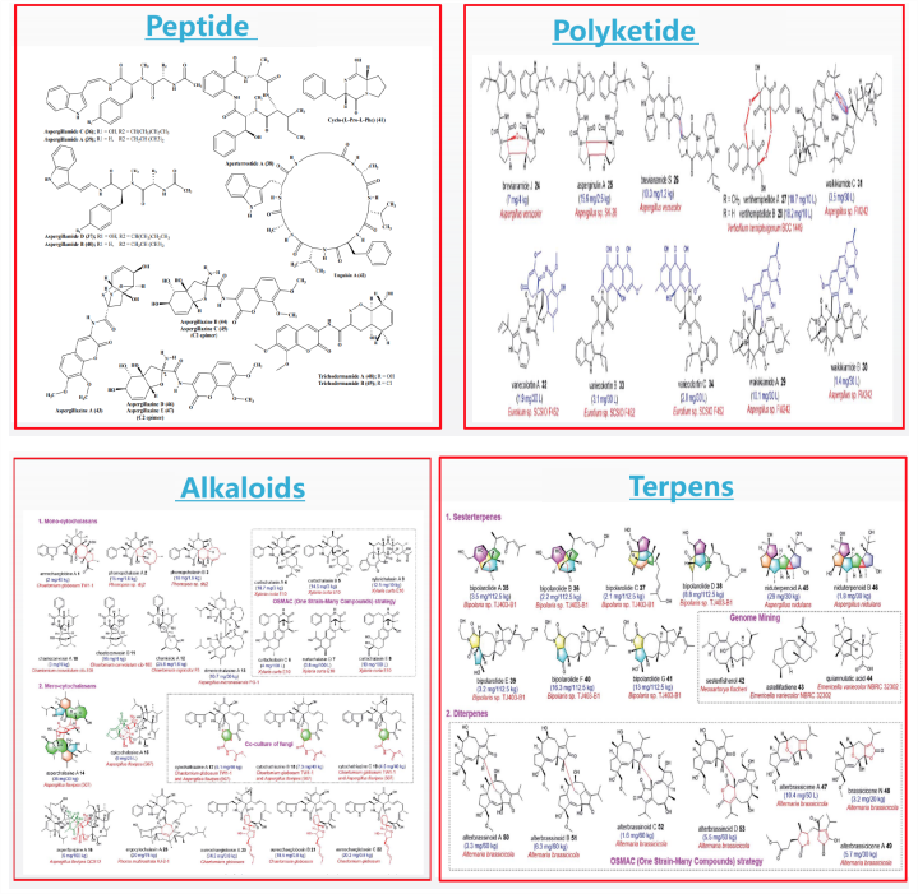
|
(2) Large Number of Strains: currently, there are 11,400 collected samples and a total of 21,087 strains
| Sample source | Number of samples | Number of strains |
|---|---|---|
| soil | 4950 | 5034 |
| plant | 6450 | 16053 |
| total | 11400 | 21087 |
(3) Diverse Geographic Locations for Strain Collection: samples were collected from three major continents around the world, including 56 cities and regions such as Kenya, the United States, Canada, Myanmar, and China.

|
(4) Diversity of Collection Environments (Extreme Environments): We have also collected samples from different landscapes, including hills, mountains, plateaus, canyons, valleys, and bays.
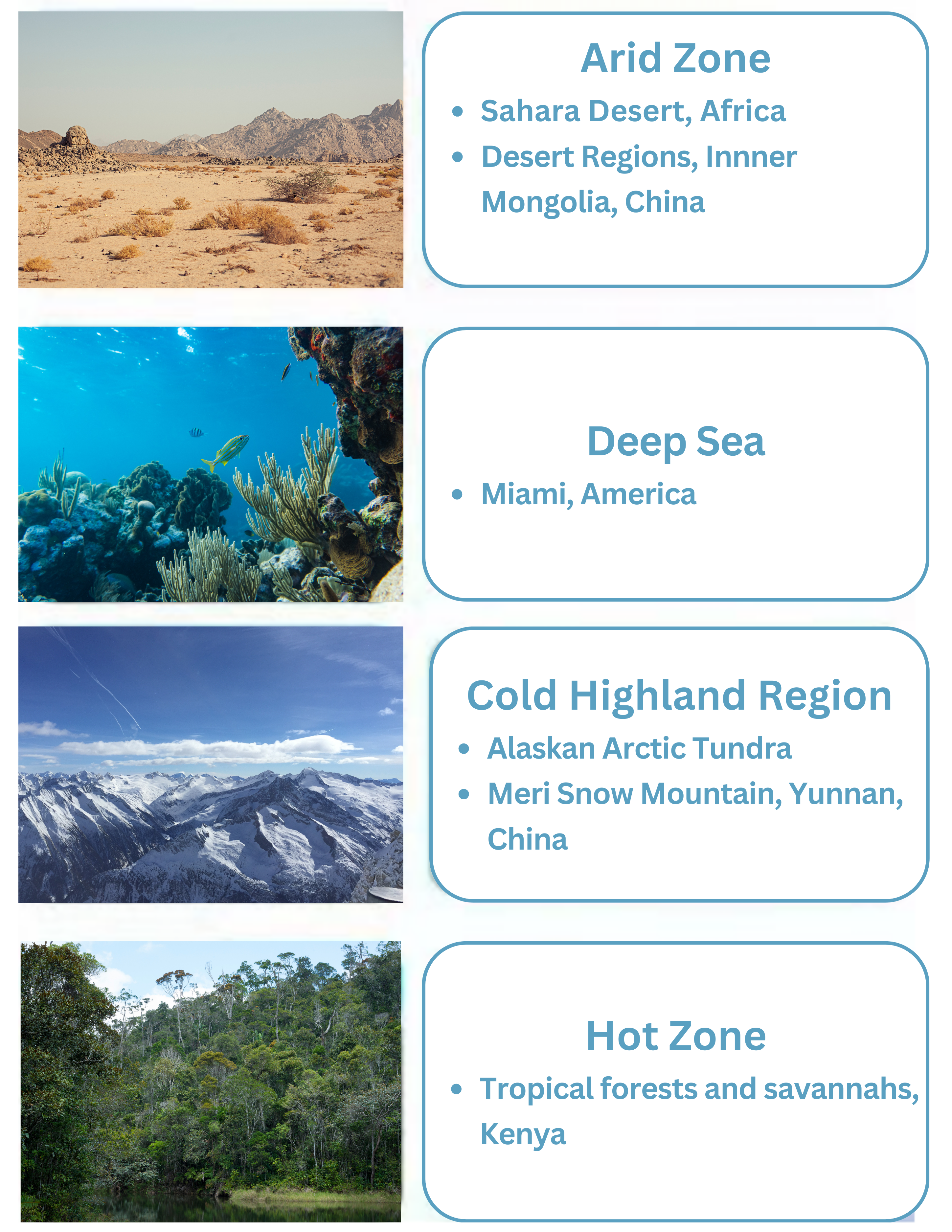 |
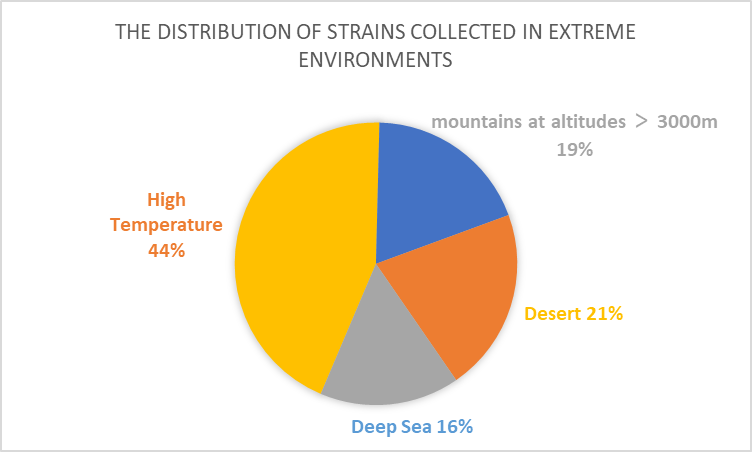 |
(5) Biodiversity of the Fungal Library: currently, a total of 4,108 fungal species have been identified.
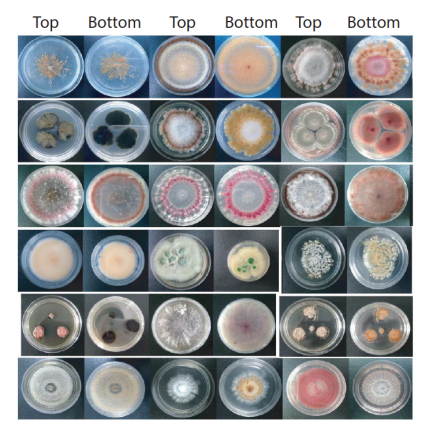 |
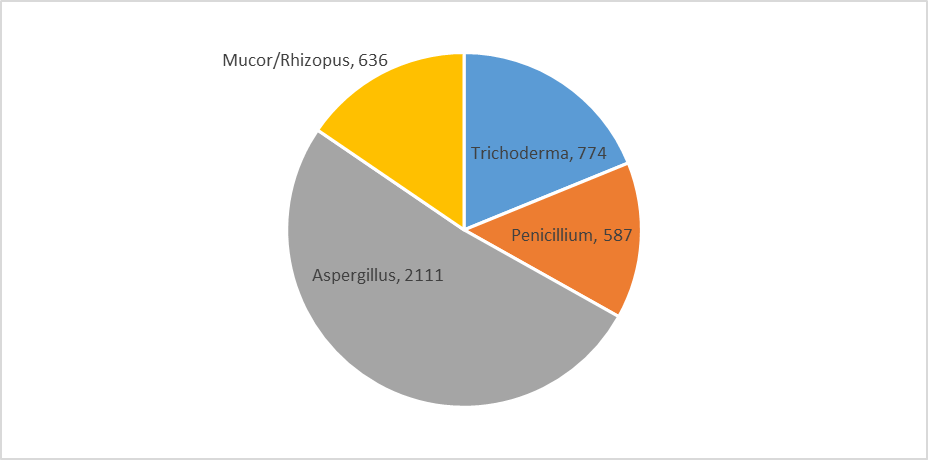 |
II. Key Features and Usage
(1) Design Principle: The Fungal Extracts Drug Screening Plate utilizes a high throughput screening technique, where extracts from a variety of strains after fermentation and extraction are placed in parallel on a plate in order to be screened for drug activity under uniform conditions. The fungal extracts are different in each well and contain about 500-1,000 natural small molecules.
(2) Drug Screening Method: The fungal extracts to be tested are separately added to the microwells of the screening plate, and then biological reagents containing target cells or enzymes are added to the wells. Next, the screening plate is incubated so that the fungal extracts interact with the target molecules. By detecting the bioactivity signals (e.g., fluorescence, absorbance, etc.) in each well or using other methods, it can be determined whether the extracts contain components with potential drug activity.
(3) Data Analysis: Screening results usually need to be processed and analyzed by bioinformatics methods to identify fungal extracts with drug activity. For the screened active extracts, further separation, purification and structural identification can be performed to determine the specific active ingredients.
(4) Application Fields: The method can be widely applied in various fields like new drug discovery of antimicrobial agents, antitumor agents, and antiviral agents.






